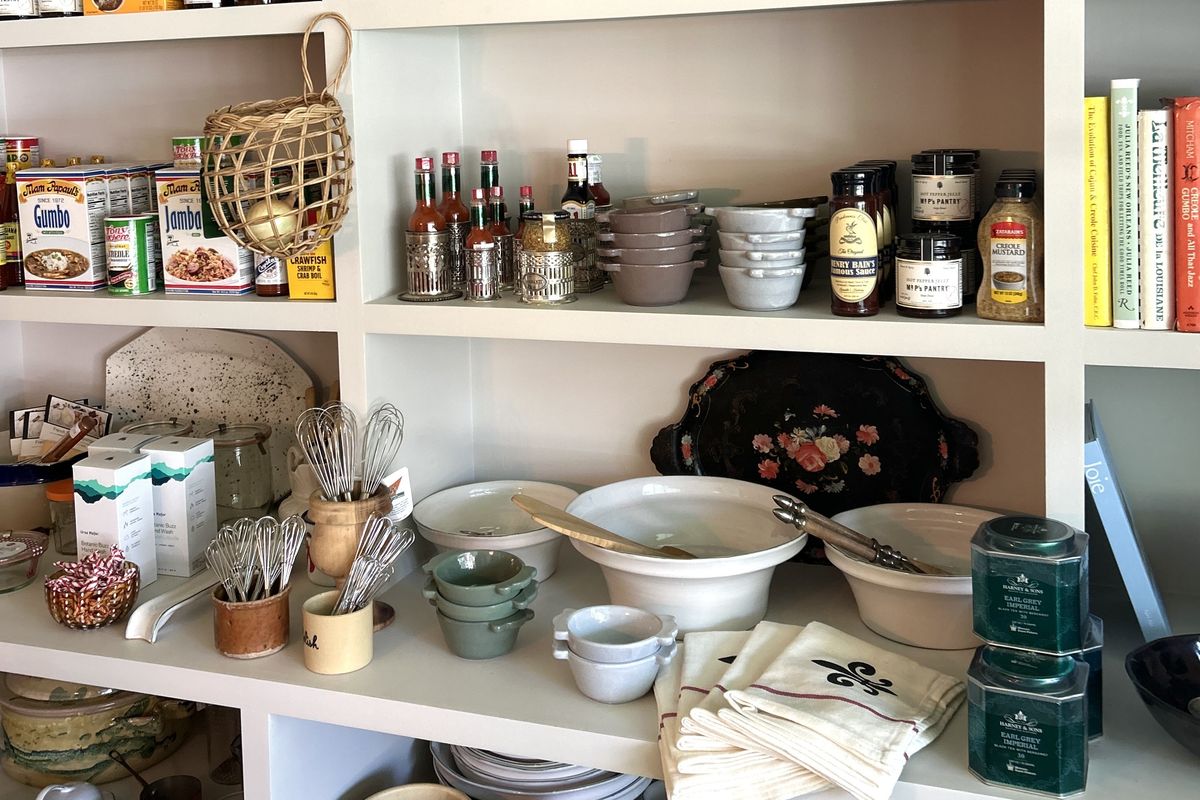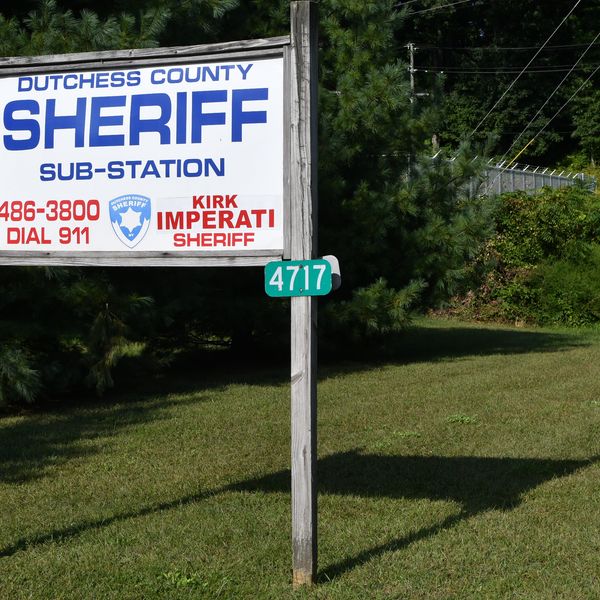It only took 28 years to learn why the guy around the corner had my number.
“Hey, Mister Ripp — how are things over on Simmons Street?”
I squinted and waved at the handsome man in gray shorts calling out to me on Church Street. We’d exchanged greetings for weeks as I walked past his house across from the graveyard, next to the church parking lot where my kids had their first driving lessons. And yet, I had no idea who he was and what else he knew about me.
After 31 years of owning a weekend home in Millerton, I still occasionally feel like an outsider from New York. Some old-timers referred to our house by the prior family long after we’d been there.
“Oh, you’re in the Crawford place, huh?” they’d say.
In the early days I worried that anti-Semitism was the cause of tire tracks dug across our front lawn — it turned out to be the contractor dropping off a new basement boiler.
Not everything was imagined — as when Phil Terni always seemed to run out of Saturday newspapers just as I walked in the door of his store on Main Street. I knew I’d finally arrived around year 10, when he disappeared behind a curtain into the back room and emerged with an extra copy he’d just found for me. From then on, I always had a New York Times or Wall Street Journal waiting, along with some good stock tips.
In the anonymity of New York, I’m the observant one who recognizes strangers I’ve noticed for years at cross-walks or crowded restaurants. You don’t know me, but I know you. In Millerton, it sometimes feels I’m the one under observation.
“Up for the weekend?” a neighbor asks cleaning his yard after we’ve been away for months.
Not lately. Since March we’ve been mostly in residence, working super remotely while enjoying the rhythm of village life all week long. I’ve connected with locals I barely spoke to for decades. Farmers shoot me a two-finger wave when they roll by on their tractors. Housepainters and people on porches seem eager for a chat. And I know to cover my ears (and my dog’s) for the noon siren from the firehouse a block away, a wailing hold-over from the era of air raid warnings.
But here was this uber-friendly guy with the big hello — not only did he know my name and address but he may have been inside our house. He even mentioned my son, asking if I’d ever forgiven him. Was he too friendly? It was getting creepy. I finally blinked and dared ask back, “Sorry, how do we know each other?”
“I’m Ron Lejeune,” he replied. “I was there, when you had the fire.”
The fire! That was a take-me-back jolt, to a certain Sunday evening in August 1992.
My wife and I were rushing as usual to clean house, corral the kids and head back to the city, when a weird popping sound sent me rushing upstairs to my son Nathaniel’s bedroom. Flames were shooting from a halogen sconce and engulfing the wall and ceiling. The oxygen-sucking crackle was terrifying.
Unable to work the kitchen fire extinguisher I threw a plastic soup container of water at the lamp, sparking an electric blow-out and sending smoke through the second story. Luckily, our volunteer fire department arrived within minutes, and the police as well. It seems that Nathaniel, then 7, had left his McDonald’s Dream Team souvenir mini-basketball on top of the sconce and it ignited when he turned the light on above his bed.
The fire was mostly out but I was still burning when the responders came, leaving Nathaniel skulking in a far corner of the porch. It was a big event and The Millerton News ran a Page 1 story on the blaze and an accompanying editorial about emergency planning and the need for having working smoke detectors and family drills. I even wrote a letter to the editor thanking our volunteer squad for their dedication (you can look it up — Aug. 13, 1992!).
“You were one of the firemen?” I asked Ron.
Nope, but he was having dinner at our neighbor Rob Cooper’s down the street when the call came in on the scanner and he joined the crew to help contain the chaos and clean up; he also saw me yelling at Nathaniel. Ron was in his mid-20s then. A generation later, he’s got three grandchildren but still works for Rob’s Associated Lightning Rod — he’s done installations on New York’s tallest office towers, condos and even train stations; and was still at it until COVID struck.
“I’m a high-story guy,” he explained, adding he’s glad to be off the road these days and sticking close to home.
I assured him I’d long forgiven my son for almost burning our house down, and apologized for scolding him so publicly, especially since it took a perfect shot for his rubber ball to land atop the sconce. Now, I’m the one who calls out to Ron when I approach his house a couple of streets away — sometimes it’s the good guys who know your name and where you live.
Part-time Millerton resident Allan Ripp runs a press relations firm in New York. His essays and reporting have appeared in the New York Times, Wall Street Journal, the Atlantic, Newsweek, Time, USA Today, Newsday and Tablet.



 Sidewalk construction that will extend the town sidewalk to Beekman Park got underway this week along Route 44. On Wednesday, August 20, excavation began. Project Manager Don D. was at the controls of the excavation equipment.Photo by Leila Hawken
Sidewalk construction that will extend the town sidewalk to Beekman Park got underway this week along Route 44. On Wednesday, August 20, excavation began. Project Manager Don D. was at the controls of the excavation equipment.Photo by Leila Hawken


 Matt Marden and Bobby Graham open Dugazonat 19 West Main St.in Sharon on Aug 27. Jennifer Almquist
Matt Marden and Bobby Graham open Dugazonat 19 West Main St.in Sharon on Aug 27. Jennifer Almquist Alvin Batiste paintings and ester& erik candles on display at Dugazon.Jeff Holt
Alvin Batiste paintings and ester& erik candles on display at Dugazon.Jeff Holt





Know thy neighbor — he probably knows a thing about you